As the COVID-19 pandemic continues, companies are looking for signs of how to best prepare for the new competitive landscape  — as the expectation of everything returning to normal goes to the sidelines. A webinar last week from Lux Research, and a separate interview with a Volkswagen executive, analyzed the ‘new normal’ emerging from the disrupted world.
— as the expectation of everything returning to normal goes to the sidelines. A webinar last week from Lux Research, and a separate interview with a Volkswagen executive, analyzed the ‘new normal’ emerging from the disrupted world.
Michael Holman, vice president, research for Lux Research, a research and advisory firm tracking emerging technologies, identified five key market developments coming from the turbulent marketplace. Infection prevention for hygiene, sanitization, and testing was the first mentioned; the next four trends covered were: remote commerce — providing technology for what used to be done in person; improved resiliency to minimize supply chain disruption and strengthen localized processes; greater agility and adaptability in technology and management practices; and a clear view of macro-economics, primarily risk management, capital availability, pricing changes, and demand.
Telemedicine has been responding to intensive pressure on infection prevention and resiliency of the healthcare system. Plastic waste recycling has been another hot topic among Lux Research clients, and had been so well before COVID-19 as China ended its role as the major import destination for plastic exports.
Automakers are feeling much of this pressure, and have been adapting to plant closures and re-openings, workforce safety, and reprioritizing what had been top priorities earlier this year, Holman said. Tests have been halted on autonomous vehicle trial runs, and vehicle electrification has been hurt for the short-term, but looks good for long-term demand and tech development.
Social mobility is also feeling the impact, with health and safety concerns a top priority for those using services such as Uber and Lyft. Social distancing will continue, which could be an advantage for selling personal vehicles over shared rides.
For now, responding to the safety concerns has taken over and has opened up new ways of thinking. Ford CEO Jim Hackett, who will be handing over his job to Ford’s Jim Farley, has been leading a study on antimicrobial steering wheels and handles.
Lux Research sees two other market dynamics shaping the next phase of automotive — sustainability practices and personalizing the technology to the consumer.
The research firm sees startups struggling to find funding lately. One strategy they need to consider is partnering with competitors to secure a new round of funding for the next six months or longer, Holman said.
Reinhard Fischer, senior vice president of strategy for the Volkswagen Group of America, shared his perspectives during an in-house interview. He sees attitudes about the role of the car, and developments in the next wave of technology, changing in the post-pandemic environment.
“For me, it all starts with understanding how the consumer views the car,” Fischer said. “With the COVID-19 pandemic, people are really recognizing the benefits of having a car. A private means of transportation that you don’t need to share with anybody – it can be your sanctuary.”
For many, there’s lack of comfort in public transportation. Travel should also continue to feel the impact, with consumers likely to use their personal cars more for shorter trips. Another growth trend this year has been an increased popularity in working from home, with people driving less.
Fischer would agree with Lux Research’s take on where EVs are heading.
“I expect the pandemic could cause the transition to electric vehicles to briefly hesitate but then accelerate,” he said.
One of his reasons for reaching this conclusion are that home charging stations take away fear of infection at gas stations coming from touching gas pump handles. Another is consumer and government expectation for clean air, as scenic views that were clogged by air pollution starting to become more visible — and with health concerns over air quality being prioritized.
VW will be watching where ride sharing goes as the new normal landscape takes shape. Customers have to take a hard look at the health condition drivers are in, and who’d been riding in the car before them. What are ride sharing firms doing about it?
The other factor to follow is the political environment, Fischer said.
“Many countermeasures can reduce the flexibility of the ride sharing concept as there is the possibility of being regulated like taxi services are today. That could have an impact on the price position of these services for the consumer,” he said.
California leads the way there, and is also exploring another possibility.
“Other plans, like the one being explored by the state of California where a percentage of ride sharing vehicle miles in the future will need to be 100 percent electric, will further increase the cost of entry into the ride sharing business model,” Fischer said.
And in other news:
One-year-old Lordstown Motors will become a publicly traded company in an effort to bring its commercial electric pickup truck, the Endurance, to market. General Motors will have a stake in it larger than had been originally expected, according to financial filings. The electric truck maker plans to list on the Nasdaq stock exchange under the ticker “RIDE” by combining with DiamondPeak, a special purpose acquisition company. It will look something like the “reverse merger” stock market deals announced last week by Fisker, Inc., and earlier by hydrogen-powered truck maker Nikola. E-trucks are becoming a hot commodity with electric pickups coming soon from Tesla, Ford, GM, Rivian, and Nikola. Workhorse Group has done well in this segment already.
Tesla CEO Elon Musk has done a second interview with Automotive News, and here are a few of the takeaways………. Austin, Texas, was chosen for building the Cybertruck due in part to workers wanting the new plant to be housed there…….. a third US assembly plant may be coming in four-to-five years……….. Musk could care less about J.D. Power rankings…….. electric small cars and minivans may be in the works………. and a more conventional looking electric pickup may be rolled out if the Cybertruck flops.
AltWheels 2020 has opened up conference registration. The 17-year-old clean transportation conference will be taking place on Monday, Oct. 5, 2020, in a virtual format. The event organizers want to make sure that fleets and other stakeholders will be able to continue attending and sharing information on making clean transportation work. Fleet Day at AltWheels 2020 will include speakers and a breakout session, exhibits, along with leading alternative vehicles of all sizes and the latest options for fleet managers.
Fisker, Inc. says that its planning to have four vehicles in the works by mid-decade, supporting the company’s long-term goal for Electric Mobility as a service. That will include the first-in-line Ocean SUV; a super-sports sedan based on the EMotion concept; a sports crossover; and a pickup truck. The Volkswagen partnership will be part of it, but there’s likely to be other announcements with automakers and technology suppliers. The company will also continue its commitment to bring sustainability front and center — from the solar roof to the tires being used.

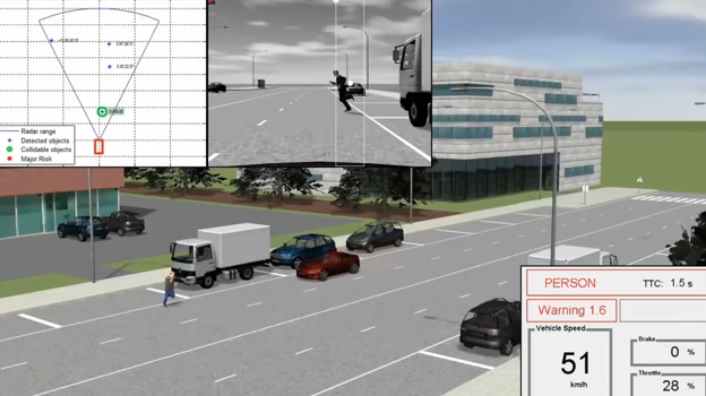 “I remain confident that we will have the basic functionality for level five autonomy complete this year,” Musk said. “I think there are no fundamental challenges remaining for level five autonomy.”
“I remain confident that we will have the basic functionality for level five autonomy complete this year,” Musk said. “I think there are no fundamental challenges remaining for level five autonomy.”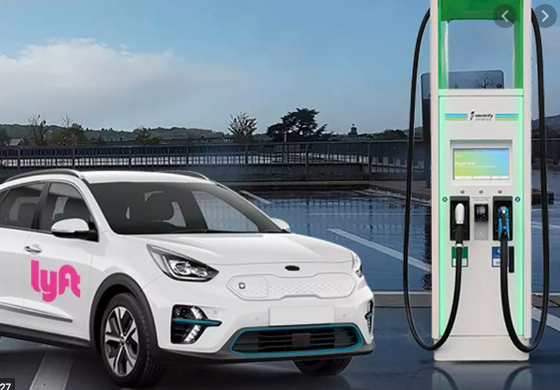 share drivers. The challenge will be getting its drivers to switch over to EVs, as Lyft will continue to be a mobile app company partnering driver/car owners to customers needing a ride. The company won’t block drivers who don’t have EVs from accessing their network and getting business; Lyft has to talk them into it. That will be without incentives. The company is counting on governments spiffing up their programs for clean air and fighting climate change.
share drivers. The challenge will be getting its drivers to switch over to EVs, as Lyft will continue to be a mobile app company partnering driver/car owners to customers needing a ride. The company won’t block drivers who don’t have EVs from accessing their network and getting business; Lyft has to talk them into it. That will be without incentives. The company is counting on governments spiffing up their programs for clean air and fighting climate change. Francisco launched the Cruise Origin,
Francisco launched the Cruise Origin, 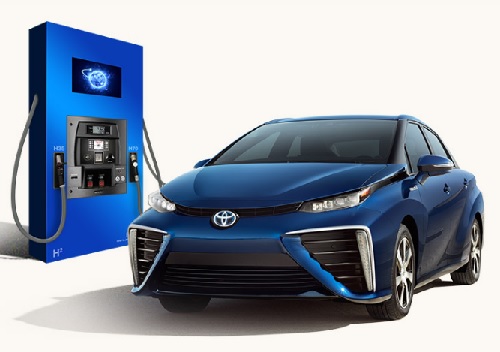 Co., that concludes there are now three core market drivers: a steep drop in production costs, higher load utilization cutting distribution and refueling costs, and additional cost drops from scaling up of end-use equipment manufacturing. The study looked at 25,000 data points gathered and analyzed from 30 global companies with cost reductions expected across several different hydrogen applications. These sectors include long-distance and heavy-duty transportation, industrial heating, heavy industry feedstock, and others, which make up about 15 percent of global energy consumption. Of course, much support is needed and Hydrogen Council is championing effective government policies to be adopted in key geographies, along with investment support of around $70 billion in the lead up to 2030 in order to scale up and produce for a much more cost-competitive fuel. “The Hydrogen Council believes that the report’s findings will not only increase public awareness about the potential of hydrogen to power everyday lives, but also debunk the myth that a hydrogen economy is unattainable due to cost,” said Euisun Chung, executive vice chairman of Hyundai Motor Group and co-chair of the Hydrogen Council. “If we are to reach our global climate goals by mid-century and reap the benefits of hydrogen, now is the time to act.”
Co., that concludes there are now three core market drivers: a steep drop in production costs, higher load utilization cutting distribution and refueling costs, and additional cost drops from scaling up of end-use equipment manufacturing. The study looked at 25,000 data points gathered and analyzed from 30 global companies with cost reductions expected across several different hydrogen applications. These sectors include long-distance and heavy-duty transportation, industrial heating, heavy industry feedstock, and others, which make up about 15 percent of global energy consumption. Of course, much support is needed and Hydrogen Council is championing effective government policies to be adopted in key geographies, along with investment support of around $70 billion in the lead up to 2030 in order to scale up and produce for a much more cost-competitive fuel. “The Hydrogen Council believes that the report’s findings will not only increase public awareness about the potential of hydrogen to power everyday lives, but also debunk the myth that a hydrogen economy is unattainable due to cost,” said Euisun Chung, executive vice chairman of Hyundai Motor Group and co-chair of the Hydrogen Council. “If we are to reach our global climate goals by mid-century and reap the benefits of hydrogen, now is the time to act.”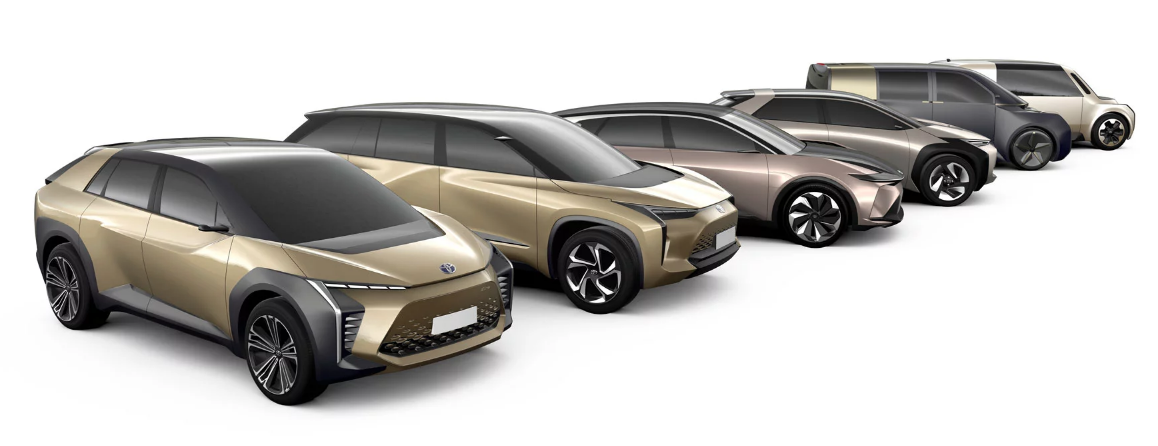 The new electric vehicles, with the working name of EV-e, will have long wheelbases, plenty of interior space, camera mirrors, and ventilated front corners with automated driving sensors. The company is showing off life-sized clay concepts to tell the story. They represent a lineup that Toyota designers have been working on since 2016, based on the Toyota New Global Architecture (e-TNGA) modular platform
The new electric vehicles, with the working name of EV-e, will have long wheelbases, plenty of interior space, camera mirrors, and ventilated front corners with automated driving sensors. The company is showing off life-sized clay concepts to tell the story. They represent a lineup that Toyota designers have been working on since 2016, based on the Toyota New Global Architecture (e-TNGA) modular platform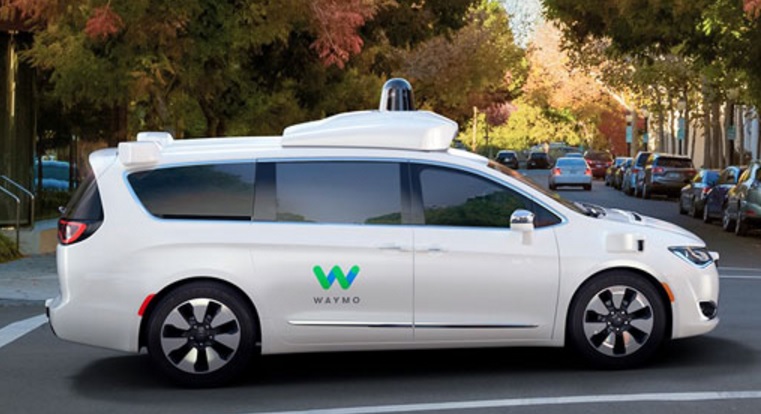 and Fiat Chrysler Automobiles, making moves in this direction. Autonomous vehicle leader Waymo is
and Fiat Chrysler Automobiles, making moves in this direction. Autonomous vehicle leader Waymo is